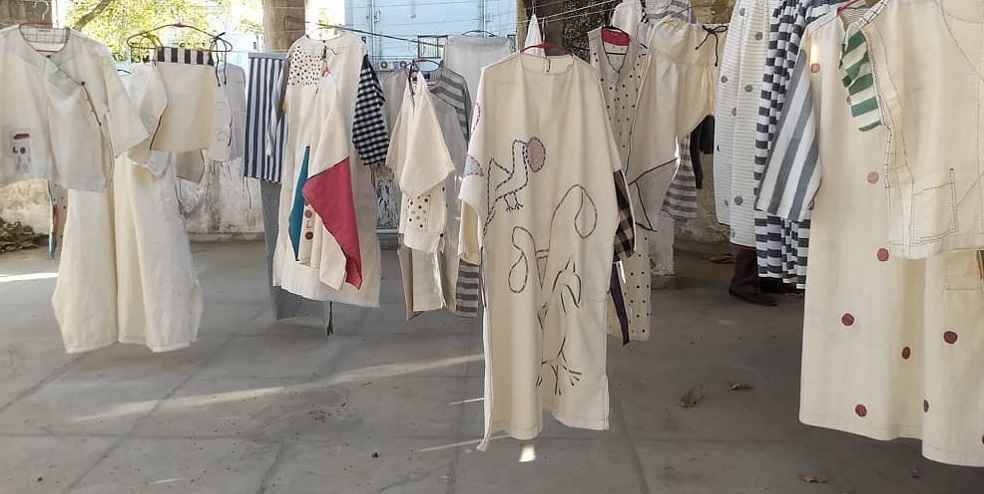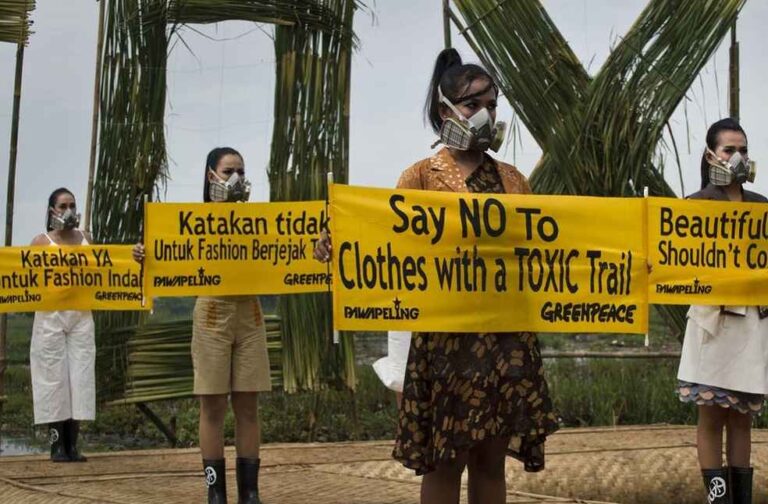With a rapidly changing global market scenario, countries around the world are striving to integrate sustainable practices into their industrial sectors. Recognizing the shift, particularly within the European Union (EU), towards sustainable and recyclable textiles, India’s Textile Ministry has initiated plans to position the country as a global nexus for circular textiles and garments.
The Ministry is preparing to map the textile waste value chain in India, a vital preliminary stage in constructing textile recycling clusters. A request for proposal (RFP) has been issued to hire a consulting agency to conduct this endeavor, according to a source close to the matter.
This comprehensive study will elucidate the regulatory framework surrounding circularity in major export destinations and competitive nations. The insights gathered from the analysis will subsequently shape the direction of India’s textile exports, conforming to the evolving regulations on circularity.

Worth noting is that currently, textile-to-textile waste recycling is under 1 percent in India. The necessity for improved recycling measures is thus crucial. It has been reported that 80% of stakeholders in the textile industry have already adopted sustainable manufacturing practices, highlighting a timely and concerted industry-wide shift.
The idea of circularity is a key aspect of sustainable practices. It deviates from the traditional “take-make-dispose” linear value chain and aims for a circular system where materials are reused and circulated in the economy for as long as possible at their highest value. This concept is promoted by entities like the United Nations Environment Program.
India’s largest market for textiles and garments, the EU, recently launched the ‘EU strategy for sustainable and circular textiles’. According to this strategy, by 2030 all textile products in the EU market should be durable, repairable, and recyclable. Furthermore, these products should be made primarily of recycled fibers, free from hazardous substances, and produced with respect to social rights and the environment. Other developed markets, including Japan, are also considering the implementation of circularity in textiles.

This shifting landscape makes it imperative for India to adapt and transition towards circular textiles to maintain its robust presence in key markets. The proposed mapping of India’s textile waste value chain aims to stimulate recycling, thereby meeting the demands of the future.
With these steps, the government anticipates more than doubling India’s textiles exports to $100 billion in the next five to six years, proving that the sustainable shift isn’t just eco-friendly but economically strategic. As India works to become a pioneer in the field, it is clear that sustainable and circular practices in textiles will define the future of the global textile industry.
DON’T MISS IT | Saudi Style Showdown: Riyadh to Host Prestigious ‘Saudi Fashion Week’ This October



